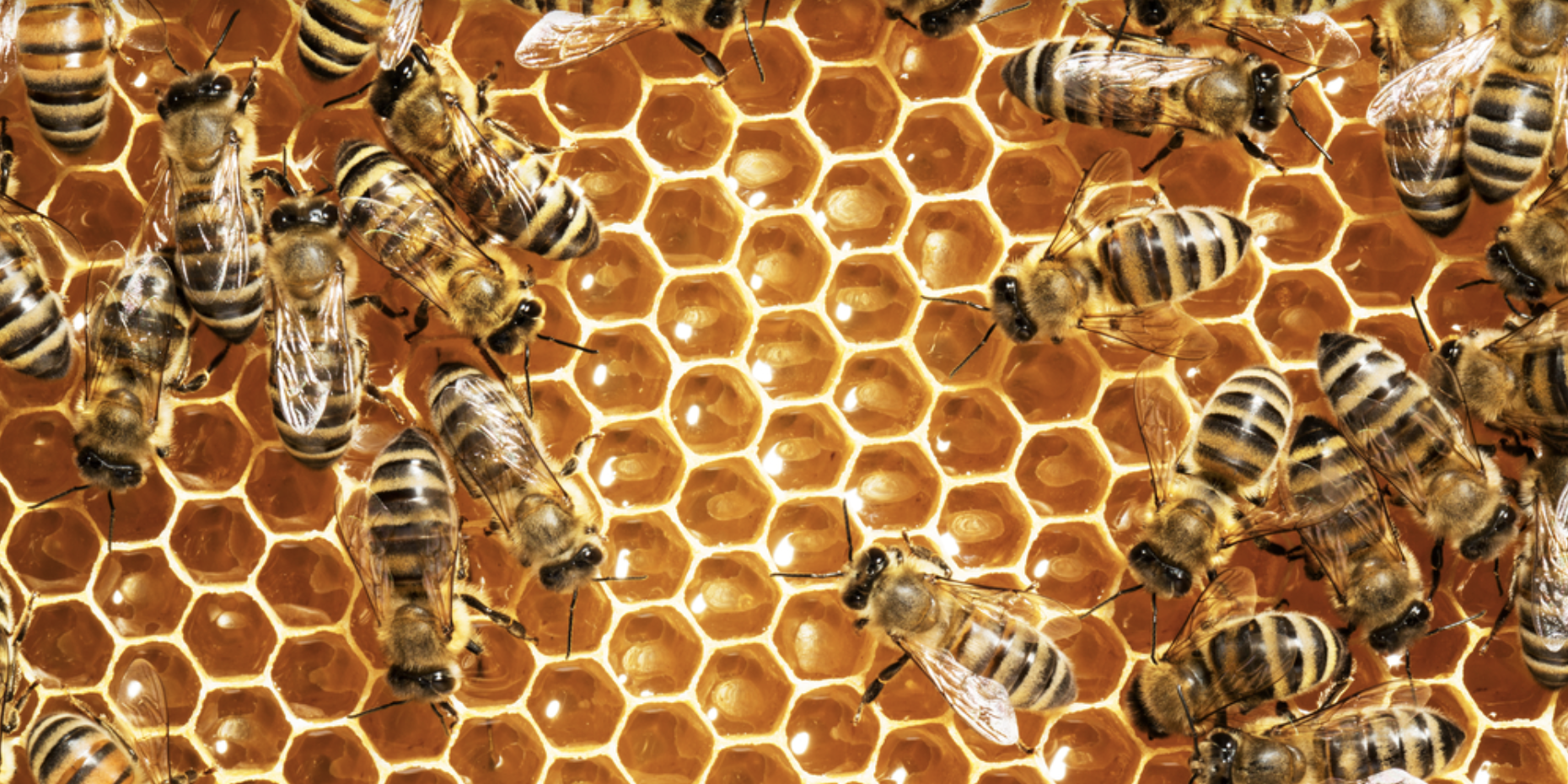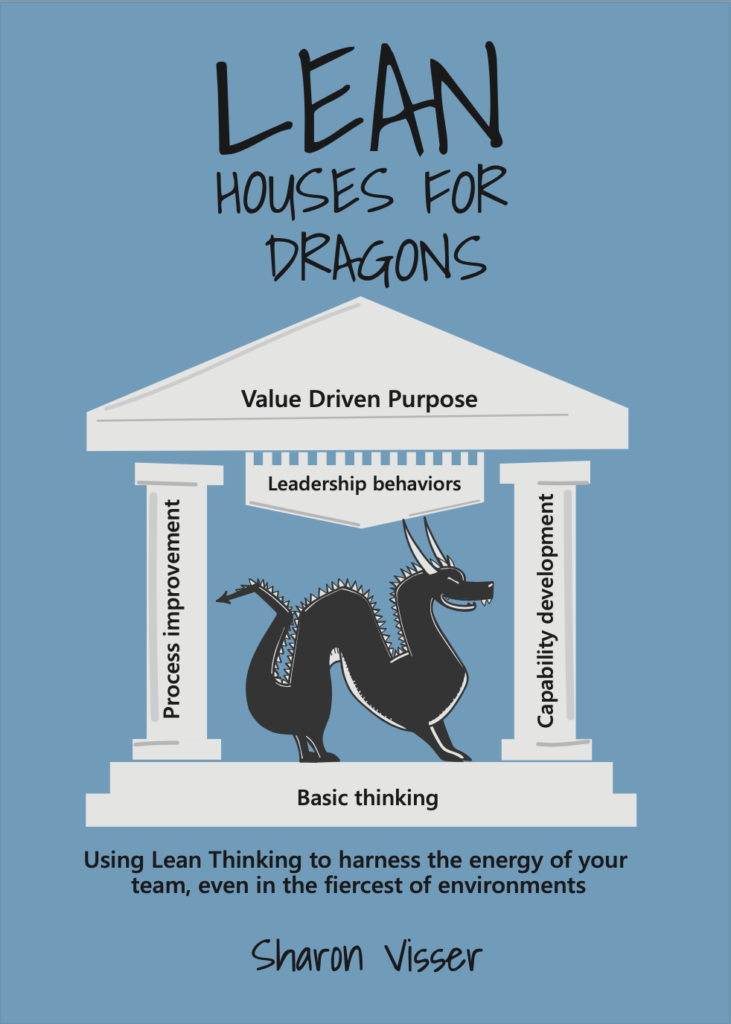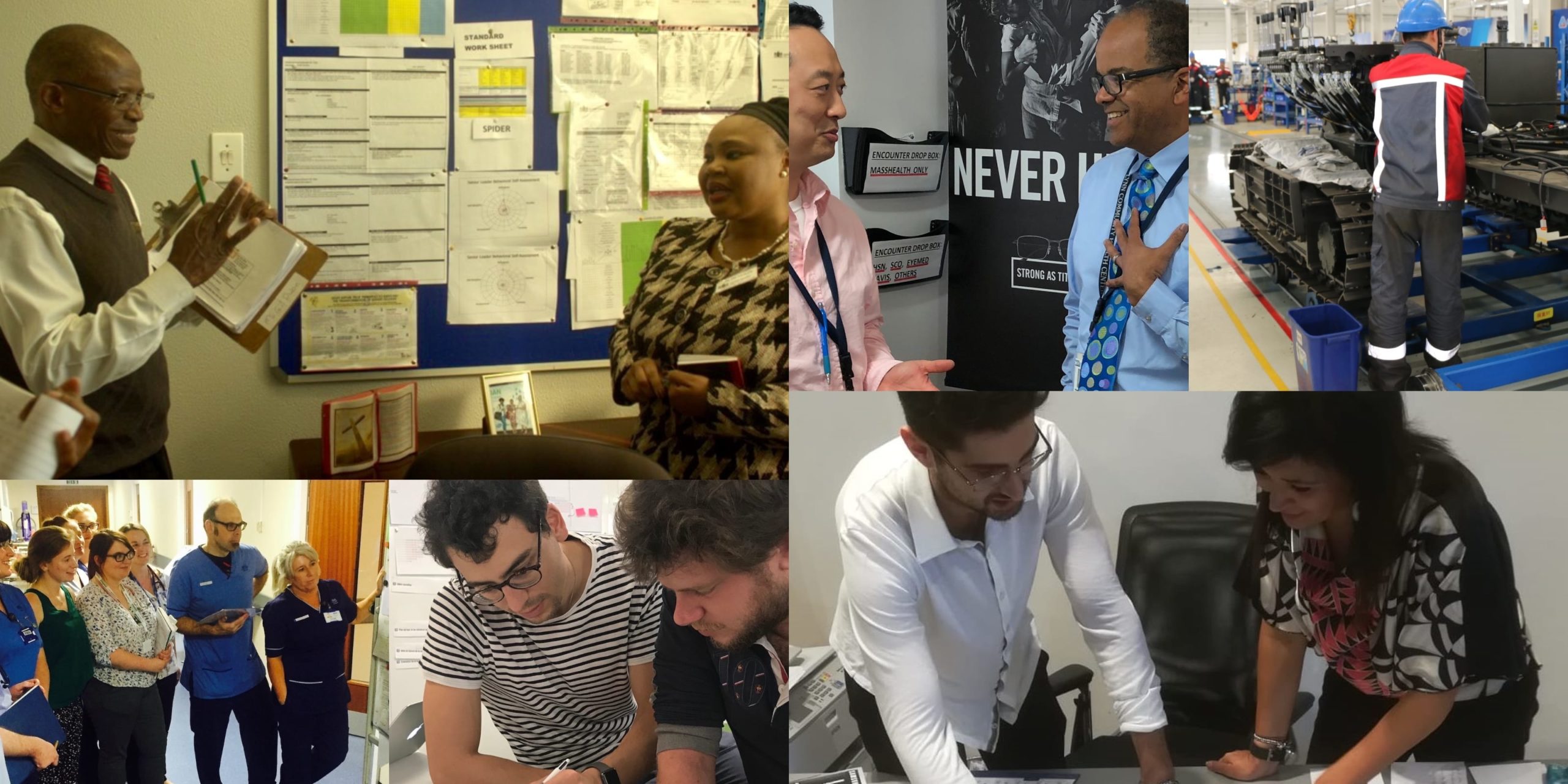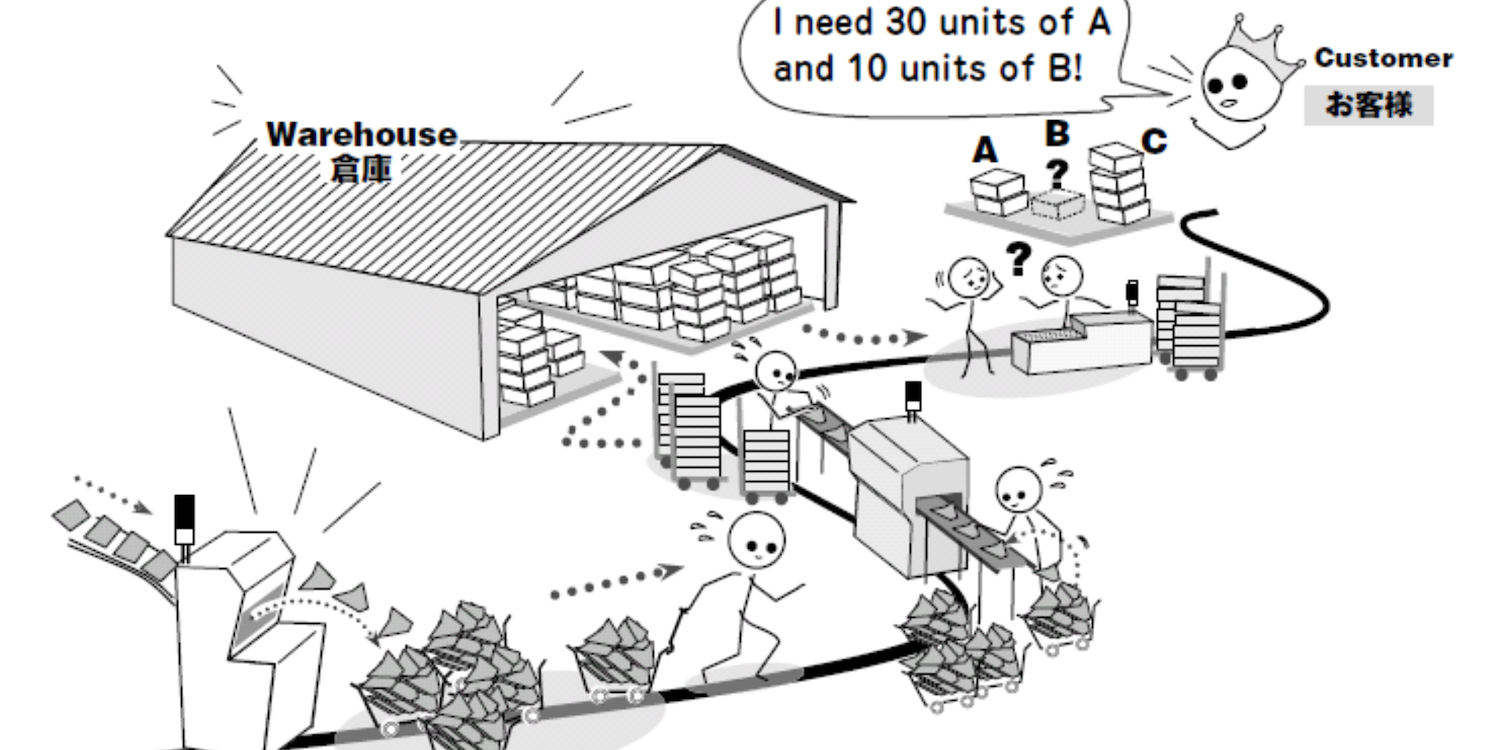
Operation Honeybee
FEATURE – To consistently identify new and better ways of doing things can breathe new life into a lean journey, but only if the knowledge developed can be effectively shared across the organization.
Words: Sharon Visser
It was during my time with the Halfway Group that our coach Terry O’ Donoghue first explained to me what yokoten is. This Japanese term refers to “horizontal” best practice across the organization (as opposed from the top down).
In 2019, I was invited to support the lean journey of the Supertrade Group, which runs Super Spar stores throughout rural Zululand. With stores an average three hours’ drive apart, we decided that we would focus on one Super Spar location in Ulundi with the idea of developing a gemba walk that could act as a model for other stores – not to mention a catalyst for their lean journeys. Of course, this made yokoten a very valuable asset.
In our minds, the Ulundi store would become the place to create great examples of Lean Thinking to share with other stores in the group. It would become a place of learning with real-life customers and real problems to solve. Despite some differences, all stores served towns with similar demographics and held the same franchise. We, therefore, felt that best practices could be established as standard work and shared across locations.
It did not take long for the Ulundi store to show improvement. On one of my visits, Scott the CEO shared with me the urgency he felt to carry this best practice through to the stores. I understood his concerns: the stores needed help – and Lean Thinking.
There was a lot to share, and I became concerned about how we were going to do this effectively without losing the kaizen spirit of Lean Thinking and simply ending up with “roll out thinking”.
I did a lot more research into yokoten and found that it was also likened to a wind or breeze. I immediately thought of wind pollination. Wind pollination plants have large quantities of light dry pollen that is carried by the wind and that females evolved to capture from the air.
As we were at the start of our journey, lean was very new to Supertrade and I did not feel that we were ready for a wind or even a gentle breeze pollination just yet. We still needed to spread knowledge across the company but had to find a way to do it that worked in our circumstances. That’s when we turned to the professionals – bees. (Bear with me and check out the graphs below.)
We would need to be organized and manage the sharing in a way that would allow us to see the pollination process. We also needed to ensure that we could encourage the kaizen of the best current practices – something that proved slightly more complicated.
This was the beginning of “Operation Honeybee” – the creation of a visual board we could bring the management team around so they could check together if the team was ahead or behind in the sharing of knowledge and best practices, measure progress or check the next plan of action. I made the board using PVC plastic sheeting, a glue gun and Velcro backed laminated stickers that could be swapped around as needed.
We had a gap to close, so I think of this board as a gap-identification tool. The first chart explains the current situation when we started to use the chart.

This shows the ideal situation after sharing best practice, the target to work towards.

When this was accomplished, we had to work on a new ideal, showing the continuous improvement.

Yes, I am sure it is possible to get software that can record this, but this is a bespoke visual created for a company that was willing to experiment and grow. It could even be a steppingstone to a more powerful, digital visual, but the truth is that this chart was cheap and easy to build. It allows the leadership team to stand together and move the pieces around until they can show current situation, which promotes communication and engagement. It allows them to talk about the who, what, where and when of every problem encountered. It is easy to see and easy to operate, with changes requiring only a printer, a laminator, glue, and Velcro.
Whether they help for a season or last forever, visuals have a strong role to play in the promotion of structured yokoten. They provide an opportunity for the worker bees to improve the work and share with all the other worker bees their talent for improvement. They allow those that find ways to improve the work to grow, shine, and have better days at work. This build morale in the workplace and across the company, which is always rewarded by a healthy bottom line.
Have you read Sharon's book Lean Houses for Dragons? If you haven't, you are missing an inspirational story of humble leadership at the service of a business turnaround. Buy you copy here.

THE AUTHOR

Read more


FEATURE – Thanks to lean, a primary care unit in Catalonia has streamlined its blood sampling process, improving the patient experience and the life at work for its staff.


ROUND-UP – As the year ends, our editor reflects on the state of the lean movement and looks back at the best articles published by Planet Lean this year.



ARTICLE - To operate successfully we need systems, but as we grow these often give us "big company disease." The solution is bringing leadership at work level to really guarantee customer satisfaction.


FEATURE – The release of Christoph Roser’s new book All About Pull inspires John Shook to discuss the origins and true meaning of “pull” and why it is incorrect to blame JIT for the shortcomings of global supply chains.

